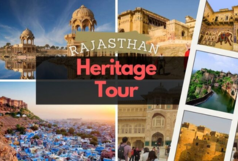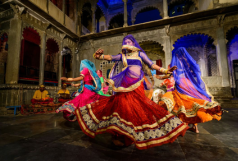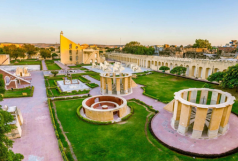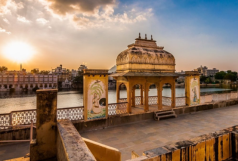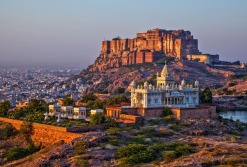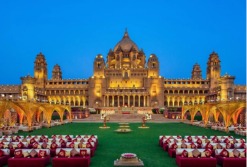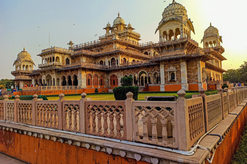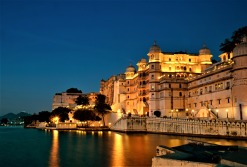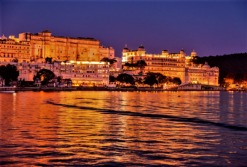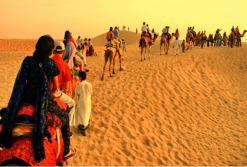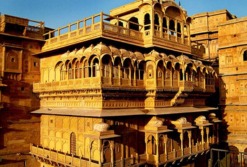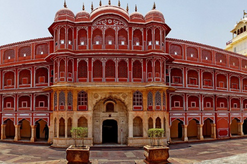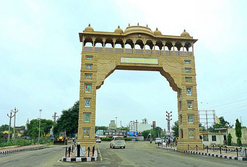The History Behind the Iconic Monuments of the Golden Triangle
The Golden Triangle Tour of India – Delhi, Agra, and Jaipur – is home to some of the most famous historical landmarks in the country. These cities offer a glimpse into India's rich past, from the grandeur of the Mughal empire to the royal heritage of the Rajputs. Let’s take a journey through time and uncover the fascinating history of the iconic monuments that define these cities.
Red Fort – A Symbol of Power in Delhi
The Red Fort, built by Emperor Shah Jahan in 1648, is one of Delhi’s most remarkable landmarks. Made of red sandstone, it served as the main residence of Mughal emperors for nearly 200 years. The fort witnessed India's struggle for independence and continues to be a focal point of national celebrations today.
Qutub Minar – The Tallest Brick Minaret in the World
The Qutub Minar, standing at 73 meters, is a masterpiece of Indo-Islamic architecture. Built in 1193 by Qutb-ud-din Aibak, the tower represents the beginning of Muslim rule in India. The intricate carvings on its walls showcase Persian and Indian craftsmanship.
Taj Mahal – The Eternal Symbol of Love
No visit to the Golden Triangle is complete without witnessing the Taj Mahal. Built by Shah Jahan in memory of his wife Mumtaz Mahal, this white marble mausoleum is an architectural wonder. The construction, which began in 1632, took over 20 years and involved artisans from across the world.
Agra Fort – The Seat of Mughal Power
The Agra Fort is a UNESCO World Heritage Site that served as the main residence of Mughal emperors before Delhi’s Red Fort was built. It was constructed in 1565 by Emperor Akbar and later modified by his successors. The fort’s grand palaces and gardens are a testimony to Mughal opulence.
Hawa Mahal – The Palace of Winds in Jaipur
Jaipur’s iconic Hawa Mahal was built in 1799 by Maharaja Sawai Pratap Singh. This five-story palace, designed with 953 small windows, allowed royal women to observe street festivals while maintaining their privacy. The honeycomb structure is an architectural marvel of the Rajput era.
Amber Fort – The Pride of Rajputana
The Amber Fort, perched on a hilltop, is one of Jaipur’s most magnificent attractions. Built in the 16th century by Raja Man Singh I, it showcases a blend of Hindu and Mughal architecture. The fort’s Sheesh Mahal (Mirror Palace) is particularly mesmerizing.
Jantar Mantar – The Astronomical Wonder
Constructed in the early 18th century by Maharaja Sawai Jai Singh II, the Jantar Mantar in Jaipur is an astronomical observatory that still functions today. It features 19 instruments used to measure time, track celestial bodies, and predict eclipses.
Conclusion
The Golden Triangle is a treasure trove of history, each monument narrating tales of India’s royal past, architectural brilliance, and cultural evolution. Exploring these wonders offers a journey through time, making the Golden Triangle Tour a must for history enthusiasts and travelers alike.

